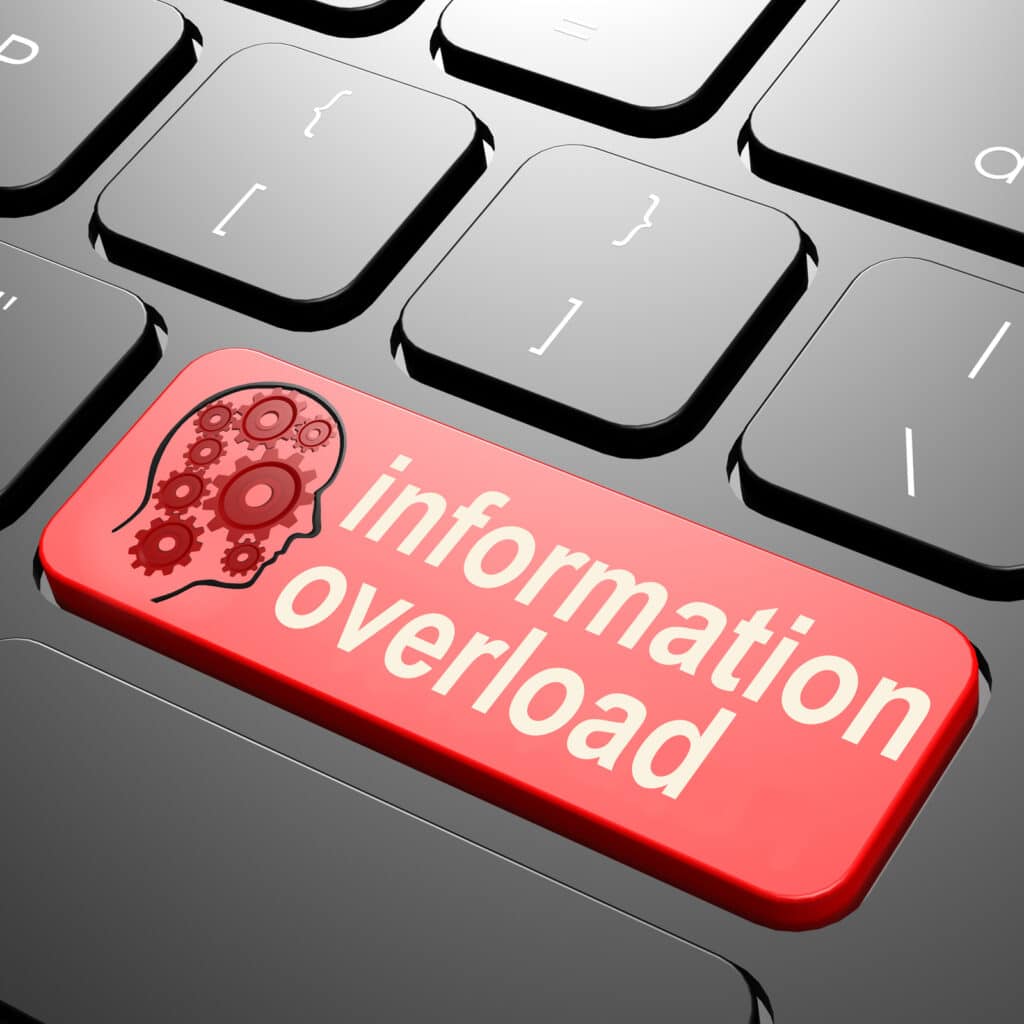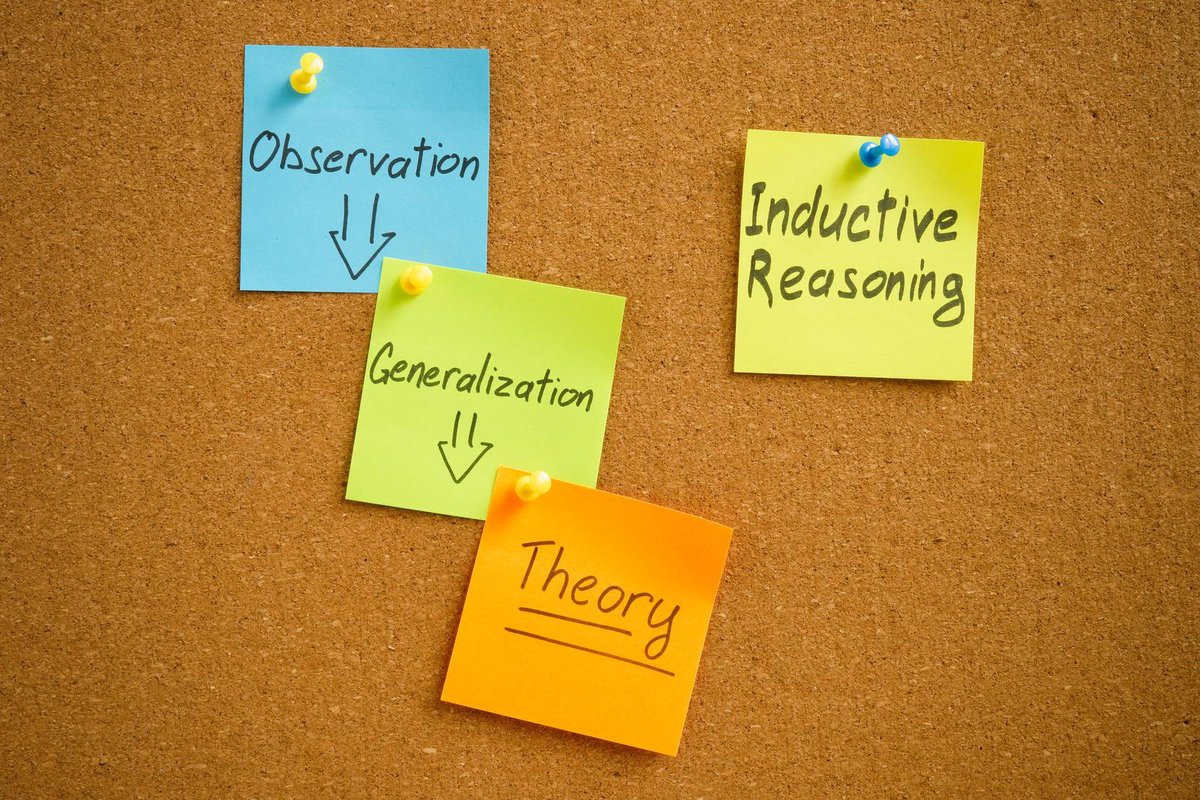As I’m sure you know, Machine learning is the process by which a computer system can learn from past events to recognize patterns to predict the future.
With this comes some dense math and some exciting concepts.
In machine learning, there is this idea called inductive bias, which is the ability of your algorithm to generalize beyond the observed training examples to handle unseen data.
This guide will take you on a journey to explain the “why.” – why machines approach generalizability in this way and how you can use it in your algorithms to improve your predictions.
After reading this quick 3-minute guide, you’ll learn the following:
- What Inductive Bias is all about
- Why We Need Inductive Bias In Machine Learning
- A Quick Recap on Inductive Learning and Deductive Learning
- Overview of the Biased Hypothesis Space and the Unbiased Hypothesis Space
- And some terminology cleanup on Machine Learning Bias vs. Inductive Bias
Let’s do this!
What is Inductive Bias?
Inductive bias is simply the ability of your machine learning algorithms to generalize beyond the observed training examples to handle unseen data.
Why Do We Need Inductive Bias In Machine Learning?
In machine learning, to create our models, we build systems that can make assumptions about the world based on the data we give.
It wouldn’t be very helpful if we had a machine learning algorithm that could only make predictions on data it had already seen.
Think about it this way; if you wanted to predict fraud in real-time, and you could only predict fraud in situations you’ve seen before, you’d miss most new fraud cases.
What if the company has released a new store or a bank has released a new credit card that your algorithm hasn’t seen before?

Without an inductive bias, it would be impossible to learn from data because there would be no way to generalize.
Where did the Idea of Inductive Bias Come From?
At its core, machine learning is all about math.
After all, computers aren’t smarter than you or me; they just can process (do math) at highly efficient rates.
Inductive bias is part of the recipe that makes up the core of machine learning, which leverages some core ideas to achieve both practicality, accuracy, and computational efficiency.
While that sentence is a little weird, let me introduce you to 4 topics that will help me guide you through the path of fully understanding the role of inductive bias in machine learning.

What is Inductive Learning?
In everyday life, you often learn by example.
For instance, we might see someone else order food at a restaurant and then imitate their behavior when it’s our turn.
This type of learning is called inductive learning, a powerful way to quickly acquire new skills.
When we observe others, we can pick up on the important cues and “rules” that govern their behavior.
By imitating these examples, we learn the correct way to do things without explicitly being taught.
Inductive learning is instrumental when we encounter situations similar to those we’ve been in before, as we subconsciously apply our previous knowledge to the current scenario.
What is Deductive Learning
Deductive learning is a method of reasoning where you start with a general principle and then apply it to a specific situation.
This differs from inductive learning, where you’re deriving the rules yourself.
In deductive learning, the rules are already laid out, and now we apply them to our unique scenario.
For example, let’s say you want to learn how to bake a cake.
You open an old cookbook and find some recipes about baking all different types of cake.
You read all of these, go into your cabinet, and piece together some different recipes to make a wonderful cake.
In other words, deductive learning is a way of moving from general to specific.
It’s an efficient way to learn new information because it lets you focus on the task without getting bogged down in details.

What is the Biased Hypothesis Space in Machine Learning?
The Biased Hypothesis space in machine learning is a biased subspace where your algorithm does not consider all training examples to make predictions.
This is easiest to see with an example.
Let’s say you have the following data:
Happy and Sunny and Stomach Full = True
Whenever your algorithm sees those three together in the biased hypothesis space, it’ll automatically default to true.
This means when your algorithm sees:
Sad and Sunny And Stomach Full = False
It’ll automatically default to False since it didn’t appear in our subspace.
This is a greedy approach, but it has some practical applications.

What is the Unbiased Hypothesis Space?
The unbiased hypothesis space is a space where all combinations are stored.
We can use re-use our example above:
Happy and Sunny and Stomach Full = True
This would start to breakdown as
Happy = True
Happy and Sunny = True
Happy and Stomach Full = True
… etc
Let’s say you have four options for each of the three choices.
3 x 4 = 12
This would mean our subspace would need 2^12 instances (4096) just for our little three-word problem.
This is practically impossible; the space would become huge.
So while it would be highly accurate, this has no scalability.

Bringing it all together, inductive bias in machine learning
Now that we know the difference between inductive and deductive learning and the positives and negatives of our hypothesis space, we can fully grasp what inductive bias is and how these all play a role in the core of machine learning.
As we said earlier, inductive bias is the ability of our algorithm to generalize beyond the observed training examples to infer new examples.
Since we do not have the “rules” already laid out (like in deductive learning), our algorithm has to create them (inductive learning).
Our algorithm can’t just depend on the training examples to make predictions (biased hypothesis space) since our accuracy would plummet on anything outside our space.
Our algorithm also can’t take every possible instance since we lack the scale and data access to make this feasible.
Our algorithm then has to generalize past the training examples, creating rules to apply to your predictions (inductive bias).
Other Quick Machine Learning Tutorials
At EML, we have a ton of cool data science tutorials that break things down so anyone can understand them.
Below we’ve listed a few that are similar to this guide:
- Instance-Based Learning in Machine Learning
- Generalization In Machine Learning
- Verbose in Machine Learning
- Zip Codes In Machine Learning
- get_dummies() in Machine Learning
- X and Y in Machine Learning
- Types of Data For Machine Learning
- Bootstrapping In Machine Learning
- F1 Score in Machine Learning
- Epoch In Machine Learning

